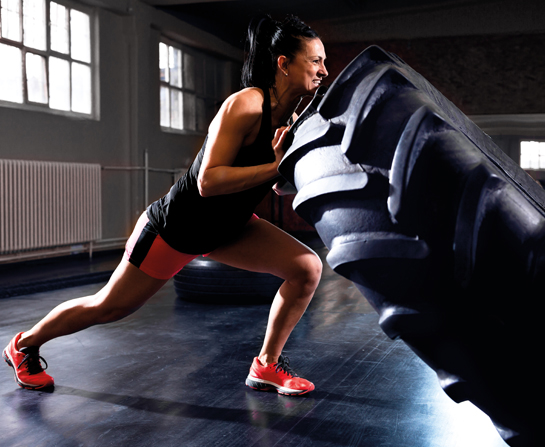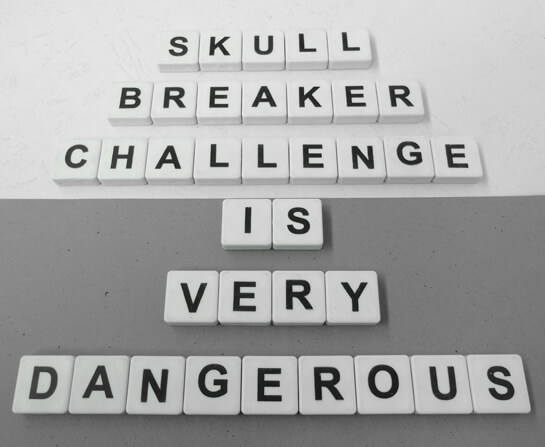Exercise Myths Debunked
April 25, 2022 Return

INTERVIEW BY HANNAH MAY-LEE WONG
Wai Hoong Fitness Director & Co-Founder of W Fitness |
Want to lose weight or get fit but don’t know what to believe? Take the advice of a professional fitness coach, Wai Hoong.

Myth #1: I must train every day!
Truth: If you work out every day of the week at high intensity, it is just a matter of time before you hurt or injure yourself. It is recommended to cycle your training, keeping your workouts varied. Try out new activities at different levels of intensity. Much like how athletes have their on-off seasons, we should find a suitable balance for ourselves.
Myth #2: Women will get bulky from lifting weights.
Truth: Men and women are physically built very differently. Women have less muscle tissue, higher progesterone levels, and lower testosterone levels as compared to men. Hence, lifting weights will not bulk up a woman. However, it will benefit them in many ways. Lifting weights helps improve bone density and reduces a person’s risk of developing osteoporosis; it encourages fat loss (the lean muscle you will develop though lifting weights burns more calories than fat even at rest). Lifting weights also helps you gain strength (which can be useful for daily activities such as carrying a baby, groceries, doing manual work, etc); it improves athletic performances for athletes and decreases chances of injuries (in the knee or in the back).
Myth #3: I can eat whatever I want since I work out every day
Truth: Perhaps this may be true if you are younger, have good genes or already have a diet that’s wholesome and filled with food of high nutritional value. Otherwise, you can’t exercise your way out of a bad diet. Be mindful of the food you consume. A cheat meal occasionally is fine. But if you (for example) have a cake every night or indulge in unhealthy processed food every day, your diet wouldn’t provide you with the necessary nutrition for repair and recovery after workouts. Healthy wholesome meals aren’t just restricted to steamed chicken and vegetables every day—there are plenty of fun, interesting and healthy recipes available online to follow. Learn how to cook better using nfresh ingredients, substitute unhealthy sauces or seasonings with herbs and use healthier cooking methods. HT


 We spoke to a few general practitioners (GPs) and doctors in government hospitals in the Klang valley and it seems the trend has not picked up as they have not reported any patients coming in with “skullbreaker” injuries. Checks at a local international school and a government school also turned up no evidence of the challenge taking place in schools. Let’s hope this trend never takes hold in Malaysia.
Please warn your child to never get involved in such a challenge. In any case, if your child comes home complaining about nausea, vomiting, or headache, it is a good idea to ask if they’ve been a victim of the challenge or if they’ve experienced a knock to their head, and to quickly bring them to see a doctor and monitor their progress.
We spoke to a few general practitioners (GPs) and doctors in government hospitals in the Klang valley and it seems the trend has not picked up as they have not reported any patients coming in with “skullbreaker” injuries. Checks at a local international school and a government school also turned up no evidence of the challenge taking place in schools. Let’s hope this trend never takes hold in Malaysia.
Please warn your child to never get involved in such a challenge. In any case, if your child comes home complaining about nausea, vomiting, or headache, it is a good idea to ask if they’ve been a victim of the challenge or if they’ve experienced a knock to their head, and to quickly bring them to see a doctor and monitor their progress.